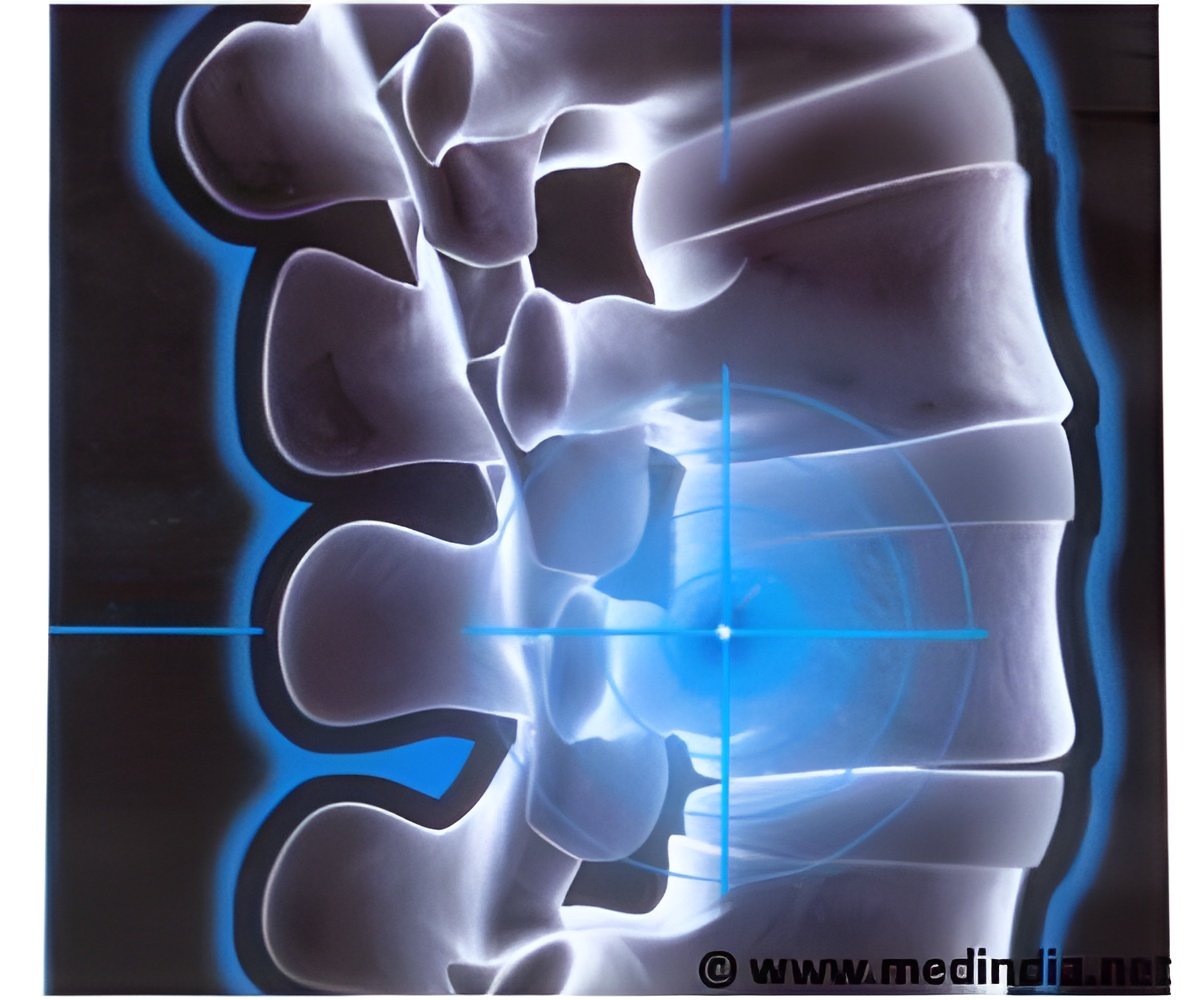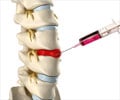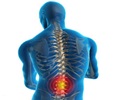On World Spine Day, city doctors revealed a substantial surge in "text-neck syndrome" among young adults.

‘Young adults make up 70% of outpatient cases for "text-neck syndrome," where the neck muscles become strained and stiff, denotes a significant concern for city doctors on World Spine Day on October 16.
#Spine, #Text-neckSyndrome, #WorldSpineDay
’





According to doctors at Amrita Hospital Faridabad, exposure to long hours in front of screens, coupled with poor posture and inadequate ergonomics in the workplace, is causing young adults to be susceptible to spine-related conditions like "text-neck syndrome". The syndrome can be defined as where the neck muscles become strained and stiff, causing long-term spinal complexities, the experts said. Poor posture has become the most common cause of back and neck pain among our OPD patients.
Remarkably, nearly 70 percent of our OPD patients fall into this category. Poor screen etiquette is also a leading contributor to such pain.
City Doctors Sound Alarm on World Spine Day
"People often use their gadgets with their necks bent for prolonged periods, leading to a condition called ’text-neck syndrome’. Individuals between the ages of 25 and 45 are the most commonly affected by postural back pain," said Dr Tarun Suri, Head of Spine Surgery at Amrita Hospital Faridabad.Studies show that poor posture is the primary cause of neck and back pain in young and mid-age individuals, leading to work loss, hospital visits, and treatment expenses.
Over time, it damages spinal discs, causes muscle spasms, and may lead to chronic pain, disc degeneration, and even surgery in severe cases.
Advertisement
Neck, upper back, and shoulder muscles tend to tighten due to stress, which can lead to misalignment and poor posture, the doctor said.
Advertisement
The doctor advised people to not ignore posture issues that can have severe long-term consequences. The early warning signs for neck and back pain or developing chronic pain often come in the form of neck pains, with or without radiating pains in the arm, altered spinal alignment, lower back pain, and morning stiffness in the neck or lower back.
Text-Neck Epidemic Hits Youth
However, with proper exercise and practice, these symptoms can be prevented. Dr Suri advised people to train themselves to use digital devices at eye level and not by bending the neck."Holding a cell phone with the device near the ears and tilting the neck for extended periods is also a common bad habit among many people. It is recommended to use the speakerphone or headphones for such conversations. While sitting, the hips and knees should form about a 90-degree angle, with the feet flat on the ground. The back should also be in a neutral position and not hunched over or slouched," he said.
The doctor also advised people sitting and working for long hours to take a 60-second break to stretch the back for 20-30 minutes. This can help release intradiscal pressures and improve circulation in spine tissues and muscles.
Source-IANS









